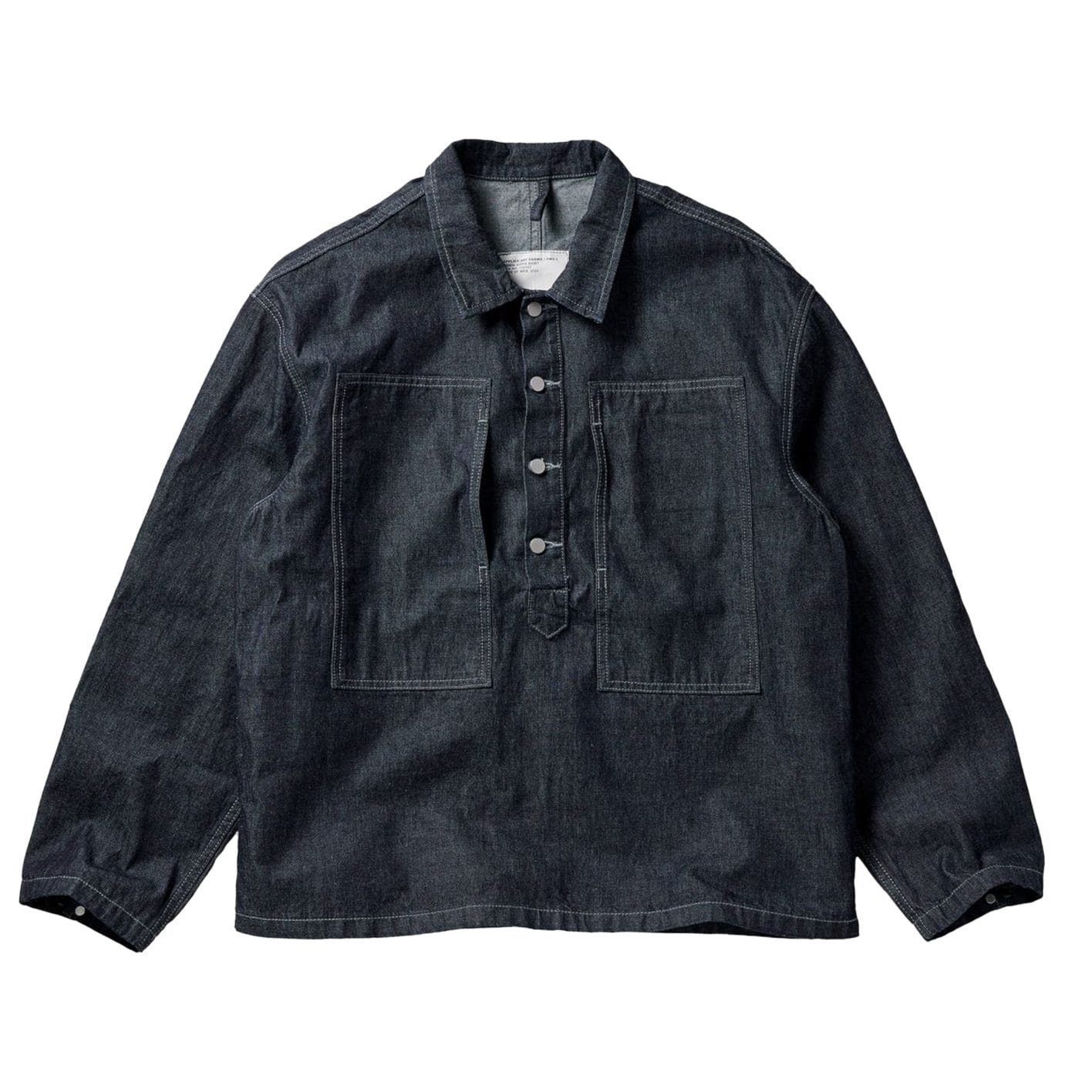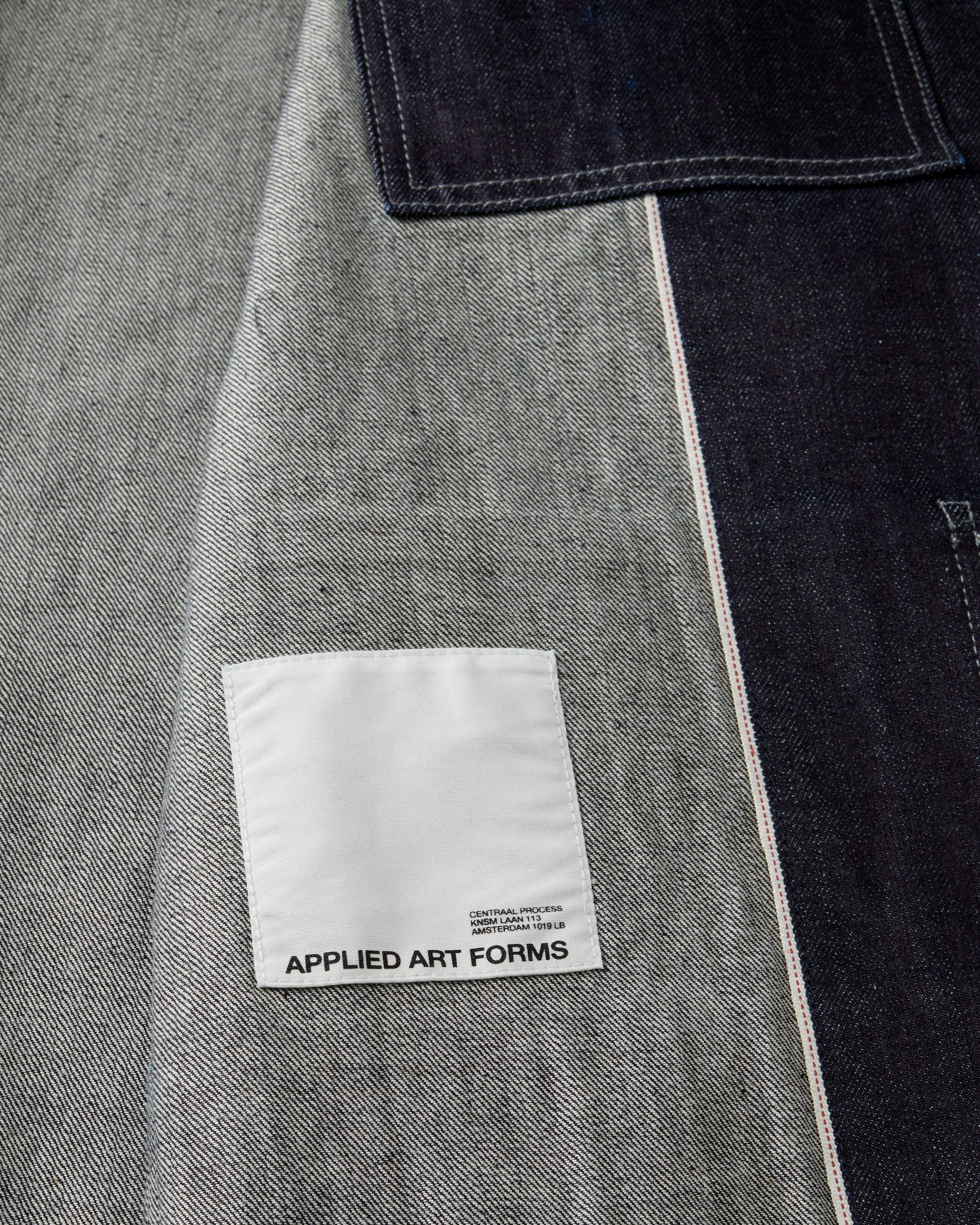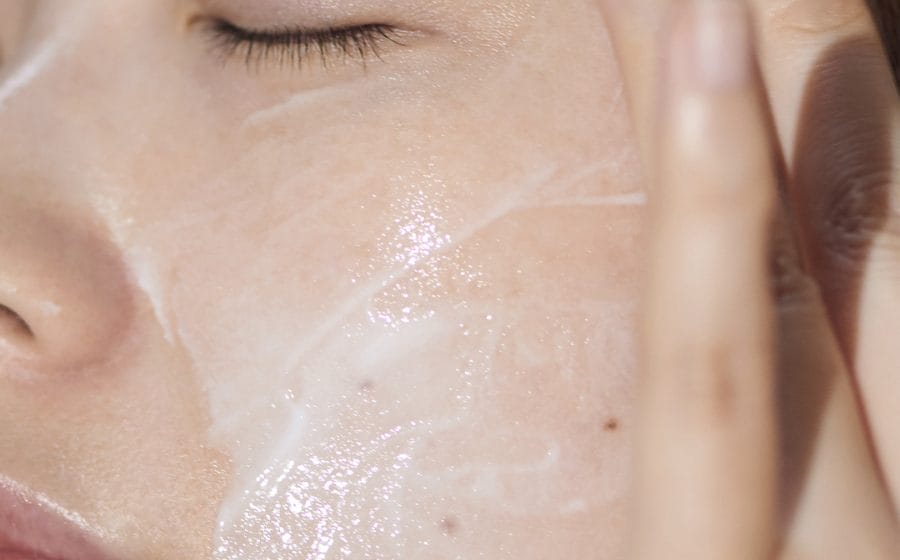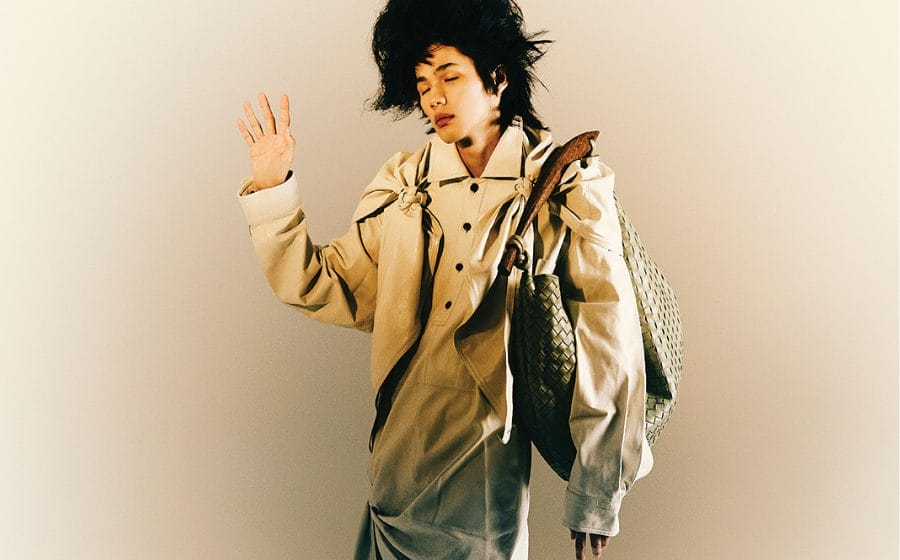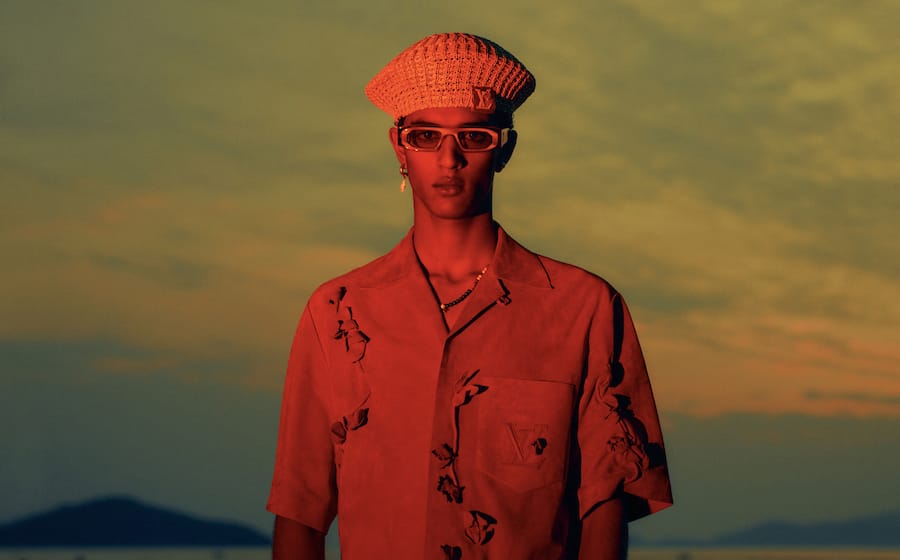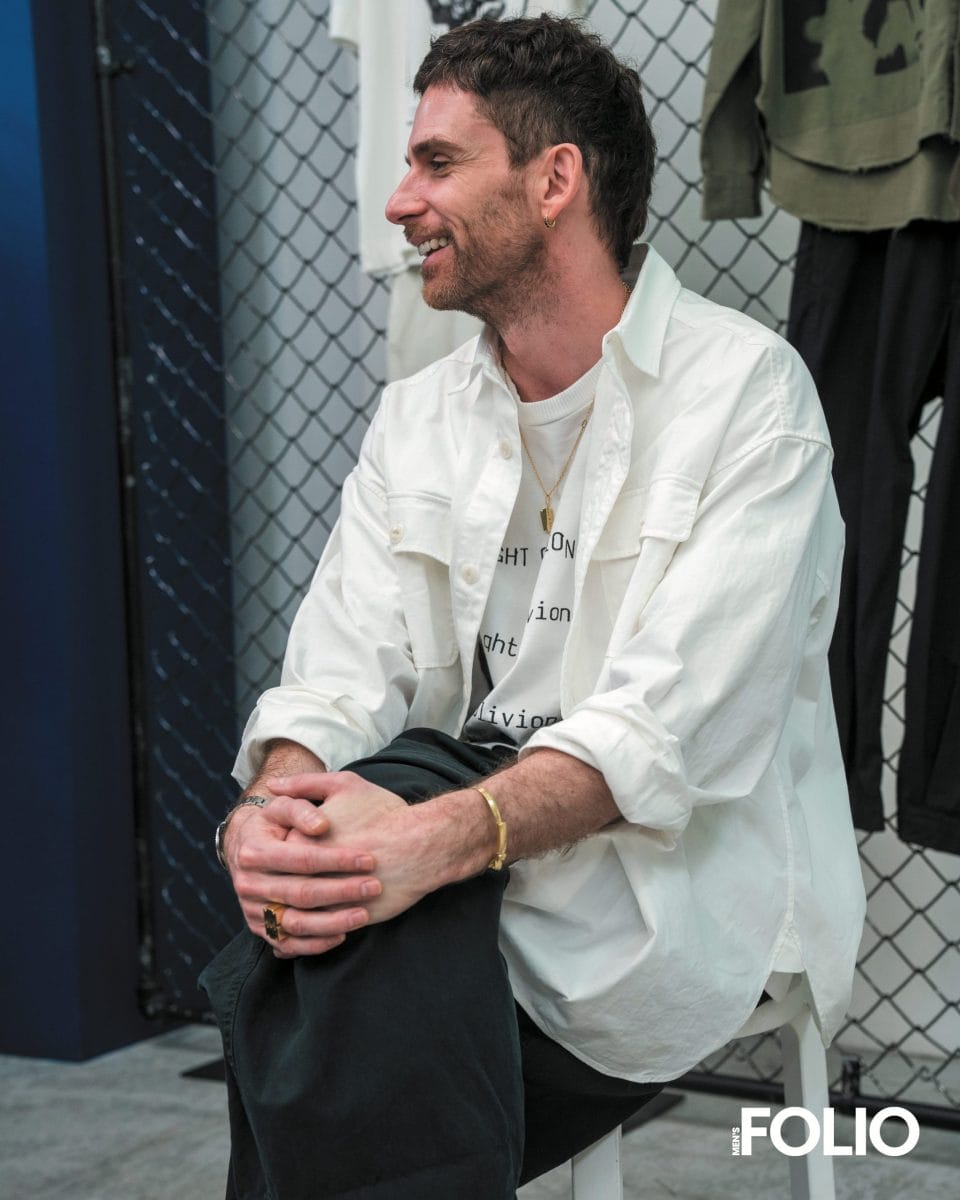 Guy Berryman speaks to Men’s Folio on his twenty-odd years of creating.
Guy Berryman speaks to Men’s Folio on his twenty-odd years of creating.
Before the interview, it would be not too far off to assume that Guy Berryman leads a life of pop-star frenzy: his Instagram gives away that energy, thanks to his hobbies of expensive cars and nice clothes. Plus, when you have the street cred of being one-fourth of the illustrious pop act Coldplay, and then creative director of Applied Art Forms — a utility-backed label that works toward longevity in design — imaging the UK-native as a frenetic figure is an assumption that seems justified. But on a quiet Thursday afternoon, in the tranquil Dempsey district, Men’s Folio finds Guy Berryman to be reserved and methodical. Which makes sense, all things considered. How else would the bassist, songwriter, designer and creative director have the energy — or the mental capacity — to constantly create? Whilst on the Singapore leg of Coldplay’s Music of the Spheres tour, we sit with Berryman to find out just that.
Hi Guy! How’s it going? How are you liking Singapore so far?
I love Singapore. I haven’t had a lot of time to really explore it yet. But I definitely need to get some food local food. I hear the crabs are very popular here.
Any crab in particular, like chilli or pepper anyone?
Chili crab, isn’t it? Yeah, I need to try that.
Is there anything else that you’re hoping to do this time?
Definitely some shopping. I’ve already bought a few pieces in Dover Street Market. I always like to come home from a tour with additions to my wardrobe. But I need to go out and see what else is around just interesting stores, the kind of stores that maybe you can’t find it other places.
View this post on Instagram
How do you balance what seems to be an exacting World Tour, and then also developing your brand Applied Art Forms?
Well, what’s quite interesting is when we launched the brand in 2020, it was the beginning of the pandemic. And so I live in the UK, and my design studio is in Amsterdam. So it became a problem for me to travel to Amsterdam to design. So we very quickly had to establish a new way of working remotely from the team. And I just got into the habit of being on kind of conference calls, Zoom calls, you know, video calls with the rest of the team in Amsterdam, every day, three times, four times a day, sometimes to work through new ideas and designs. And so we got used to it. And that’s a habit, which, which we just continued. Now I’m actually moving full time to Amsterdam, I’m going to be in the studio physically every day, and I think that’s going to be better. Because in any collaborative process, whether it’s making music or working on a fashion label, you always are much more productive when everybody is in the same room together. Everything happens a lot quicker. So I’m excited to see what happens to our kind of ideas in our productivity.
Now that you’re based in Amsterdam, does this mean you’ll have to split your time more for Coldplay?
No, I don’t think so. No, I because, for instance, you know, Will and Jonny live in the UK, I live in Amsterdam, Chris lives in Los Angeles. So we’ve always, for a long time, we’ve been away from each other. And the way we tend to work musically is we just come together for one week or two weeks at a recording studio to work. So that will still that will still be the same.
Are you very busy these days?
I am busy. I really try to keep myself busy. As somebody who loves life, I have a huge amount of curiosity. I’m a very hyperactive person in my mind; which can be good or bad, depending on which way you look at it. Some people consider that to be a kind of a disorder. Some people consider that to be a benefit. But I’m just a very hyperactive person who always has to be working on new ideas. And it’s kind of it’s what I live for. It’s what I love.
 I heard that even on tour, you carry a sewing machine around?
I heard that even on tour, you carry a sewing machine around?
Yes that’s true. I see I don’t have it on this tour, or now in Singapore, but it is something something I like to do. On one of the last tours, I made a very complicated bag from old American flight suits.
Does that mean you also had to bring the American flight suits with you?
Yes. Exactly. And scissors and a cutting board and thread. And you know, pins…
Is it ever a pain to get through security clearance?
No, not really. Because it all travels with the band equipment and then it comes to my hotel.
And do you still use that bag you made?
Every day. So I found 50 of these very complicated nylon flight suits on eBay. We had this massive pile of these flight suits from the 1950s which are covered in pockets and zips. And basically the bag design takes off the zips, and it takes off the pockets, and it uses the material. The lining is this beautiful kind of a wool rayon blend. So it’s kind of a shiny, thick fabric, that we used to line the bag. I used the pockets for little pockets on the side of the bag. The handles I made — I took a towel out of the hotel room. Don’t tell them I said this! And I cut the towel and rolled it up. And that was the that was the inside of the handles.
Was it a big or little towel?
It was a big towel. Oh, I wasted a lot of it.
It’s not a waste if you use it is it? It’s interesting to note that one of Applied Art Form’s distinguishing elements is the use of the repurposed fabrics, so I guess the towel makes sense. Would you say that the brand does this in a bid to be sustainable, or it really is just for design?
We have a few things that we’ve made from recycled fabrics. So for instance, we make bags from old parachutes. I collect vintage Japanese Boro fabrics. And we’ve made some some beautiful jackets from the Boro — which are amazing, because every piece is completely unique. And it’s very, very time intensive, because these are 150 year old fabrics. But I would say that my feeling towards sustainability is — and why I feel good about what we’re doing — is we’re designing clothes which are designed very well and made from very good fabrics. And style wise, you can wear them now, and you can wear them in five years, 10 years, 20 years, because everything we do has a timeless design. So my philosophy buying clothes is “buy less, but buy better, and keep it for a long time”. You know, my partner is always buying stuff, you know, from these kind of high street kind of brands and it all comes in, gets worn, and then she gets bored. Then it will I see it all going out again. And it’s just like I wish she would just not buy so much stuff, but instead fewer but more expensive, but well made pieces. Things that you love and you’re gonna love in five years time. That’s the way I like to choose clothes.
And that’s like your business model as well, right? The whole idea of longevity. So on that note, how would you decide then what goes into each season’s updates?
So you’re right, there’s a lot of styles which are carry over. Like for instance, these. These are kind of popular Japanese called Japanese cargo pants, and these sell very well. And we when we run out of these, we just we just put in a reorder so we just restock them. Sometimes we change a colour or we’ll add something else. There’s a lot of pieces that we’re very happy with the design, still. But it’s it’s important for people who have discovered the brand and the love what we’re doing to have a bit of newness, and I would say everything that goes into those new drops are really just things that I’m excited about. Everything that I designed is designing because it’s something I want to wear basically.
So you must have a good style then. Would you say that by yourself?
I wouldn’t necessarily say that, but you know… I hope so!
Applied Art Forms seems to have a strong design emphasis on construction and detailing. Is there a piece in the collection stocked in Dover Street Market that you feel best represents that kind of exquisite craftsmanship?
Well, I think the denim jacket, is probably a nice example. You know, this is a Japanese-made garment. It’s all about the fabric, really. Japanese denim is probably the best in the world. It’s the selvedge denim, which you can always tell when you see this detail on denim. Which means it was woven on vintage looms. And when you have these very old looms weaving, because it’s such old technology, it forms an imperfect texture. So if you look at the grain of this denim, it’s this kind of imperfect. If you have a modern commercial loom, it will be much wider, and it will make the denim so perfectly that it has no character left in it anymore. So that’s selvedge denim is expensive — because, you know, it’s produced in very short rolls. Then of course you have very beautiful stitching and very nice dyeing process.
And what I like about this jacket is it looks great now, but somebody’s going to buy this in 100 years time, and it’s going to look even better. It will have faded and creased, and it’ll have all different kinds of patina to it. And that’s why it’s exciting for me, because I spend so much time looking at my vintage clothes. Quite often I get excited about a jacket that’s maybe 70 years old. And it looks a certain way, which could have only come about through the passage of time, like you could never fake that. So we try not do too many kind of like washing processes, we try and offer people something which is honest and authentic. And then you have to work at it, you have to wear it everyday, you have to put in the effort to kind of make it turn into this beautiful thing.
Applied Art Forms Men’s Denim Chore Jacket, $830, via Dover Street Market.
How did you actually come about learning about all of this? Was it a passion thing? Were you always excited about fashion?
Well, I studied engineering and architecture. So my brain was always, you know… Before I was a musician, I was planning on being a designer. Probably back then I would have been more interested in industrial design, such as furniture or buildings or lamps or something. But then over 25 years of traveling with the band and going shopping and all of these cities and amassing this kind of archival clothing, I decided to reengage with a design-based project. So I took all of my training disciplines from when I was in university, and I combined it with my kind of new-found interest over the last 25 years and that kind of it all came together.
And it was an easy transition back into design?
I mean, I find designing very easy. Because it’s really, it’s all about just being excited about you have; to have a very clear idea of what you like. So when we’re making a new collection, I’ll be like, “okay, I’ve been thinking about this piece, I’ve been thinking about that piece, let’s make something like that, but combine it with this idea or that idea.” And then quite often in the design studio, we will just start cutting and start making, and we’ll make this kind of prototype very quickly. And then it goes to pattern maker, then we get back a first first prototype we try it on, and make tweaks from there. So I find that very easy. That’s the easiest part of running a fashion label actually.
Then does that ease also extend to when your collaborations? For instance, working with Hannah Martin on your jewellery capsule.
That was a very nice collaboration because Hannah and I met very randomly at an airport. She noticed I was wearing one of her earrings from a very long time ago. When I bought this, I didn’t know who she was. I just saw it and I loved it and I bought it. And at the time I’d been looking. We’d been trying to find somebody who could help us produce some kind of silver jewellery pieces to add accessories into the collection. And we weren’t really having any luck finding somebody. And so when we had this strange meeting at the airport, and it just felt like the universe was speaking to us. And we said, “well, should we do something together?” And we ended up designing A VANITAS. We have a collection of rings, bracelets, pendant necklaces, and earrings in a mixture of gold and silver. There’s a Dutch style of painting from the 16th century called Vanitas. And they’re all still life paintings, which symbolises the fleeting nature of life. So in everything we designed, we tried to think about that concept. So there’s one based on a hospital wristband. So when you’re born, you get this little plastic wristband put on your wrist with your name. So at the beginning of your life, this is like the first object which is attached to you. And quite often at the end of your life, you might get one as well. So I started thinking about this bracelet as being the strange object, which can kind of bookend your life. And then we use the razor blade as a recurring motif in the collection as well, which sort of symbolizes the fragility of life, you know, flesh and bone. And it’s really lovely. I mean, we’ve become very good friends. I think Vanitas will probably continue and evolve. We’ll probably do another collection next year or something like that.
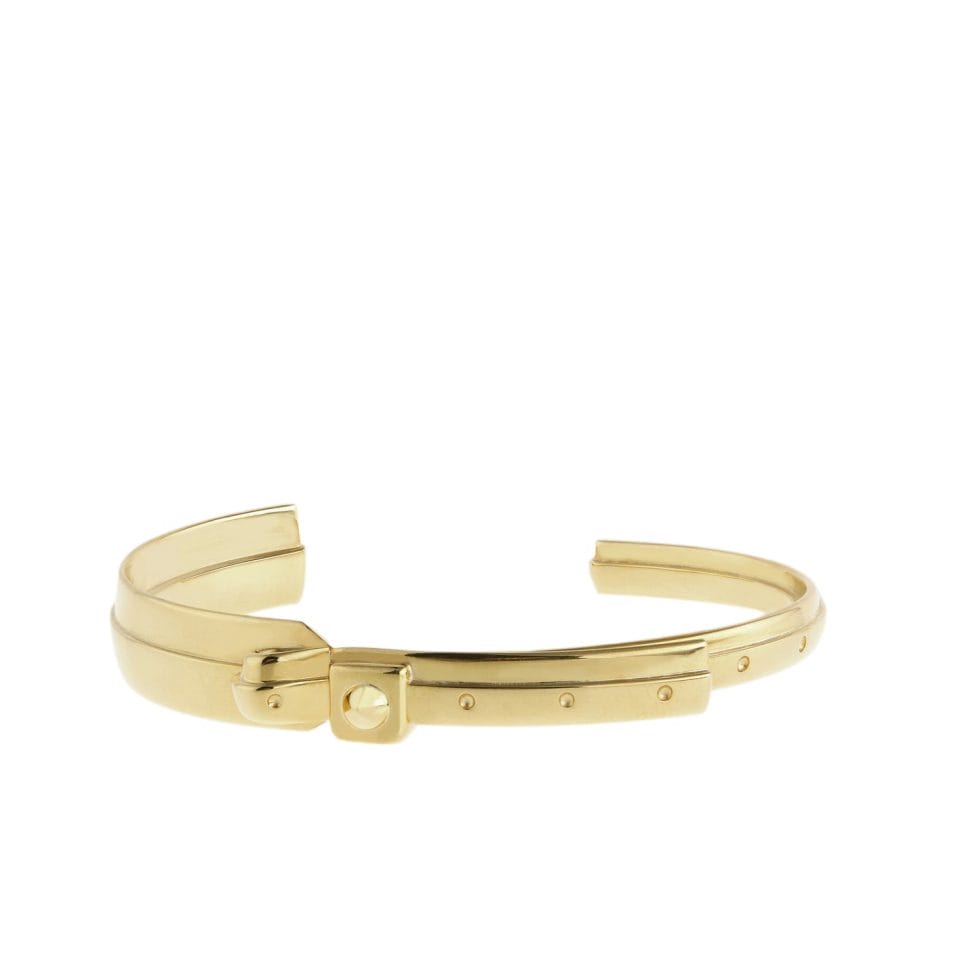 Hannah Martin X Applied Art Forms Razor Wristband Narrow, $11,050, available via Dover Street Market.
Hannah Martin X Applied Art Forms Razor Wristband Narrow, $11,050, available via Dover Street Market.
Are you open to the idea of more collaborations outside of this one?
I feel we’re sort of surrounded by collaborations in this day and age. Now, every day, there’s a new collaboration. I think when collaborations first started happening, it kind of felt exciting and new. I don’t know if it feels exciting and new anymore. All I really see as a kind of a slightly cynical marketing exercise, where both brands are trying to capitalize on each other’s audiences. So this was a very natural collaboration. And it certainly wasn’t for any financial reasons, because we’re both tiny brands. It’s different if say, Nike wanted to collaborate with us, because for us that would be great, because they’re huge. And that would kind of expose Applied Art Forms to the whole world. I think the hardest thing, when you’re starting a fashion label is just letting people know that you exist, actually. So the designing is so easy, right? But the kind of communication and the marketing is very, very hard.
To be candid, it seems as though you’ve lived many lives. You’ve got positions in Coldplay and Apparatjik, and before, you had pursued an education in both architecture and engineering. Not to mention starting up The Road Rat and now, your own label.
Interesting question. Maybe? Maybe not? I don’t know. I don’t have a clear answer on that. I think for me, I just have a very hyperactive mind. I just love life. And I’m very curious person, I always need to be learning something. But I think for me, if I find something I’m interested in, then I kind of teach myself everything that needs to be known about that subject. So you know, I collect vintage cars. And that’s why we started the magazine because we realized that if you’re buying magazines, you know, you could find beautiful kind of coffee table magazines; independently published beautiful magazines for all different kinds of subjects. But for me, there was nobody doing a beautiful car magazine.. So a few friends of mine, we all felt the same way. So somebody really needs to make this special, collectible car magazine. And so we set it up. And we did that. And you know, my role there is minimal, you know, creative I make sure visually it looks good. But, you know, I just really I just love life, and I love learning. And I love adventures.
Do you feel like all these experiences have influenced Applied Art Forms in one way or another? Or are you just really good at compartmentalisation?
I’m sure the learnings of 20 years of being in a band has really influenced how I run the label, because you know, being in a band is a collaboration, you know, you have to work together. And I find the best way to work in the label is when the team are all together and we’re all bouncing ideas off each other. And so I think that learning from being in the band is definitely translated into like our working practices in the design studio. But they are quite separate things in my mind. A lot of people have suggested collaborations between The Road Rat and Applied Art Forms. And, you know, in my mind, they’re kind of they’re very separate things. And I think I want to keep them that way.
What is the long-term goal for Applied Art Forms?
The long term goal for me is to just keep growing the brand to the point where it’s a nice, small, stable independent business. Where more people enjoy the clothes. I’ve never really had it in my mind that it needs to turn into like a mega brand. That kind of thing worries me a little bit because you will quite often see quality start reducing and the fabrics and in production locations. And for me, it’s important that I continue to have a vehicle through which to be creative and to design and to maintain the high quality that we’ve been producing so far.
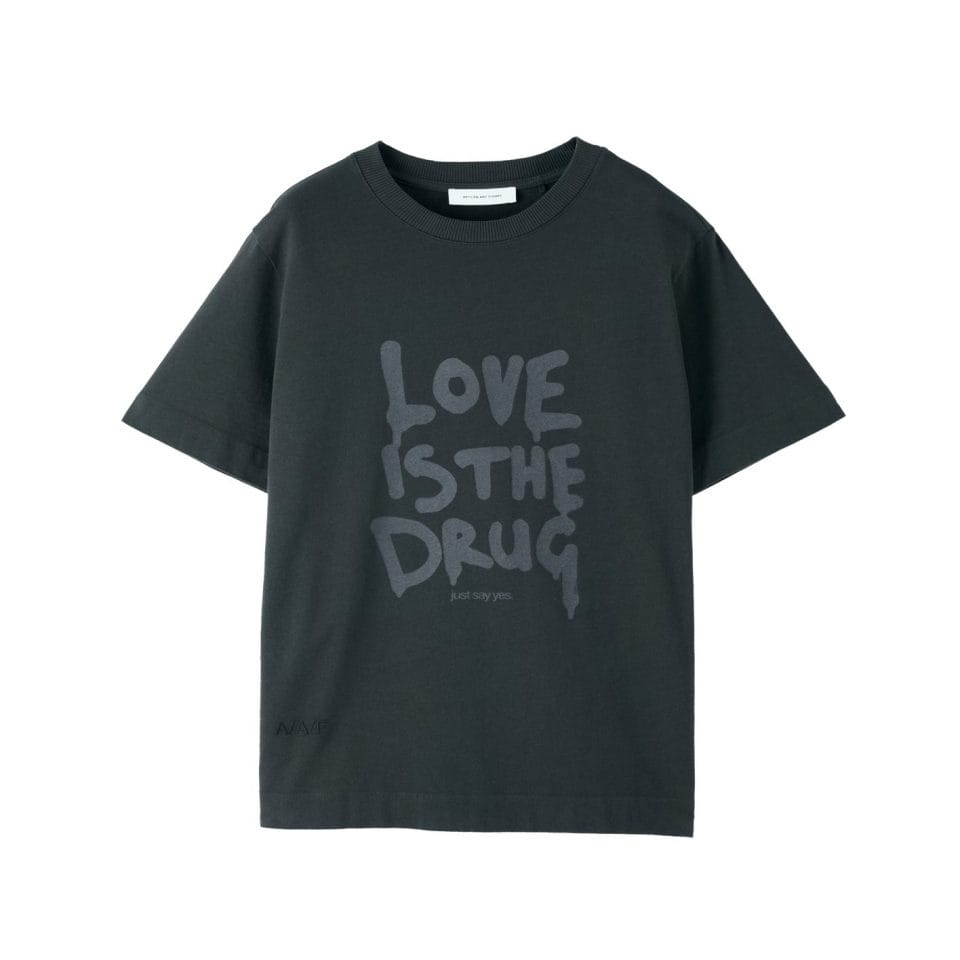 Applied Art Forms DSMS Exclusive Love Is The Drug T-Shirt Charcoal, $220, available via Dover Street Market.
Applied Art Forms DSMS Exclusive Love Is The Drug T-Shirt Charcoal, $220, available via Dover Street Market.
You guys have a special exclusive colorway for your Love Is The Drug graphic tee. Do you want to shout that out a little bit?
So graphic t-shirts are all done by screen printing in our studio. So it’s all done by hand by us. And which means we can come up with very quick ideas. And a couple of years ago, we decided, okay, Valentine’s Day is coming up. So let’s make a t-shirt that we can offer people for Valentine’s Day special. And so I just got a big paint marker. And I wrote Love is the drug with lots of wet paint, and then I just tipped up the card and some of the paint ran down a little bit. And then we photographed that, started screen printing, you know, 50 t-shirts or something like that. And we sold it for Valentine’s Day. And then when it finished, people kept saying, Oh, I really want to buy that love is the drug t-shirt. And we got so many requests that we just decided that, okay, well, we’ll just keep making it. And it’s interesting, because I was watching Virgil Abloh talk about when you launch a brand, everybody needs the one one thing that people recognize from that brand. And he said it’s probably going to be some kind of graphic t-shirt. So I felt well, okay, I like that idea. You know, Chris started wearing that T shirt, and then I think more people wanted it. And so we kept having to screenprint them. And then for the launch in the DSM here in Singapore, we did a limited edition kind of very tonal colorway, which is so this is the normal one in this colorway or this colorway. But for DSM here, we did this very subtle, very subtle kind of version of it. So that’s only available in Singapore.
And so does every other every other Dover Street Market have their own like special colorway?
No, I think it’s just here, actually. Especially for Singapore’s people.
Is there a song in particular, given in your musicality, that you feel best represents Applied Art Forms?
Not really. Again, because I feel it’s a very separate my relationship with music is so strong. And I love music. And I always love discovering new music, but I don’t think I don’t think there’s one song which I could say, attaches particularly perfectly with Applied Art Forms. I’ll have to think about that.
Once you’re done with this story, click here to catch up with our December/January 2024 issue.

